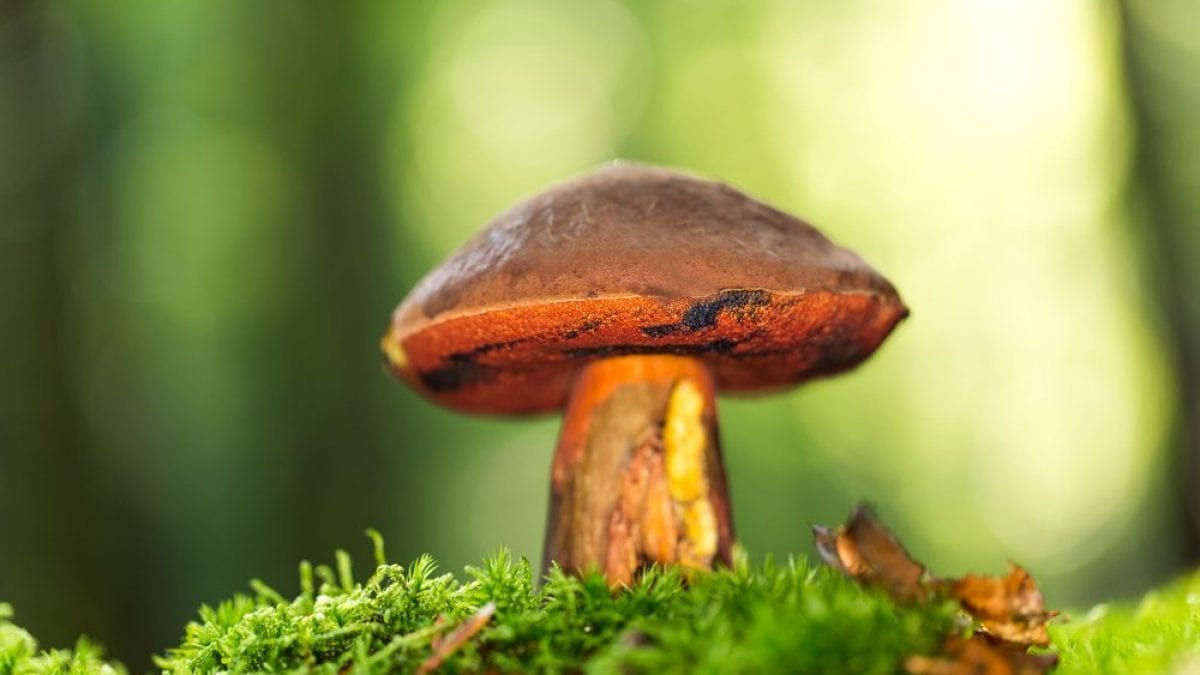
The world of mushrooms is a fascinating universe, where each species has its own history, charm, and peculiarities. Among this kingdom's hidden gems, the red porcini mushroom stands out as one of the most mysterious and sought-after varieties. Little known to the general public, but highly prized by true mushroom connoisseurs, the Boletus erythropus is a delicacy that evokes lush forests, mountain culinary traditions, and a harvest season steeped in discovery.
If the common porcini mushroom is the undisputed king of autumn tables, the red porcini mushroom is the prince of rarer varieties, captivating with its delicate flavor and surprising culinary versatility. But what makes it so special? Let's find out together, exploring its characteristics, habitat, and culinary uses that make it an essential resource for mushroom lovers.
Red Porcini Mushroom's Charm
The red porcini mushroom is immediately recognizable for its vibrant appearance and bold character, making it easily recognizable, even for non-mycologists. Its cap, which shades from red-orange to deep brown, evokes the warmth of the mountainous lands where it grows. But it's not just its appearance that makes it unique: once damaged, the mushroom reveals a reddish hue that enchants and amazes those who observe it, as if nature itself held its mystery. Its firm, compact flesh and intense aroma are just one of the reasons why the red porcini mushroom is considered a true gastronomic delicacy.

It's not easy to find a red porcini mushroom, and this makes it even more fascinating: it grows in mountain forests, where the cool climate and humidity create ideal conditions for its development. Its roots are buried in calcareous soil, but it can also thrive in other forest environments, among conifers and broadleaf trees. Its geographic distribution is concentrated in Europe, but it can also be found in parts of Asia and North America. During the autumn months, with the first rains, it's possible to spot this mushroom emerging from the woods, ready to lend its distinctive flavor to the finest dishes.
How to Use Red Porcini Mushrooms in Cooking
Caution: Red porcini mushrooms should never be eaten raw, as they can be toxic when fresh; they contain thermolabile substances that can only be inactivated by proper cooking.
While the common porcini mushroom is the star of more classic recipes, the red porcini mushroom finds its place in even more complex preparations, thanks to its delicate yet nuanced flavor. Its meaty, firm flesh lends itself to a variety of recipes, from soups to risottos, to even the most sophisticated side dishes. Its flavor is less intense than the traditional porcini mushroom, but it is equally prized for its softness and sweet aftertaste, making it an ideal companion for meat-based dishes, but also for contrasting with the tart notes of certain vegetables. When dried, the red porcini mushroom can be used to add a touch of flavor to sauces and gravies, enriching any dish with its unmistakable aroma.

How to Recognize The Red Porcini Mushroom
Although edible, the red porcini mushroom is not without its dangers, especially for those unfamiliar with mushrooms. There are similar species that, unfortunately, are poisonous and easily confused with Boletus erythropus. The most dangerous of these is Boletus satanas —the "Satan's mushroom"—a type with reddish colors, but which hides green pores under its cap, a distinctive feature that can make the difference between a delicious dish and poisoning. The advice for those venturing into wild mushroom picking is to exercise caution and always rely on the experience of experts, to avoid unpleasant risks.
;Resize,width=767;)
